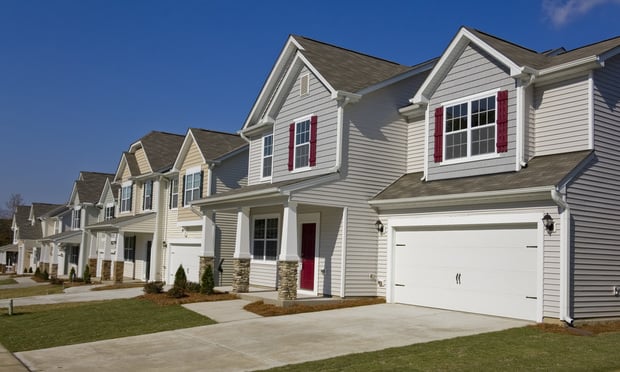NEW YORK CITY-Grubb & Ellis executives are not expecting a recession or major down turn in the commercial real estate market, but say that things will level out. In most sectors, this will lead to an increase in cap rates, flat rental and vacancy rates and a bit of uncertainty, said Robert Bach, the Chicago-based real estate services firm's senior vice president of research here at a 2008 forecast meeting.
“It's an interesting time, especially in light of the last few years,” he said. “Things have changed, definitely, and no one knows for sure what is going to happen.”
So far, lenders have pulled back due to previous poor investment decisions and waning confidence in the market, Bach said. He expects GDP growth, at 2% this year, to slip to 1.8% in 2008, impacting individual sectors similarly.
The boom times of the retail industry could be coming to a close due to fall out from the residential market leading to a slowdown in consumer spending, Bach said. Michael Dee, the national director of Grubb's retail group, said that the industry will likely never again see the low cap rates it has experienced in the last seven years.
Due to the end of the housing boom, markets that could see a retail slowdown include Southern California, Florida and Texas, Dee forecasts. Individual retailers that could experience an impact are home-furnishing outfits like Bed Bath & Beyond, Home Depot and Lowe's.
But Dee also said that regional-mall owners are doing a good job competing with lifestyle centers and other newer property types by adding movie theaters, outdoor wings and other innovations to freshen up the properties. He also points to record attendance at International Council of Shopping Centers conference around the country as a good sign for the sector.
The office sector could see a slight slowdown, Bach said. “Tenants are being much more circumspect about expansion plans next year,” he said. Grubb predicts 48 million sf of net absorption next year, down from the 54 million sf so far this year. The firm is counting on 55 million sf of new product in 2008, which should translate to a slight dip from this year, which has so far had 37 million sf added.
Hot office markets include the Pacific Northwest, San Francisco Bay area and Los Angeles County, while the Inland Empire, Orange County and San Diego areas of California could have tougher conditions, Bach said.
New York City will continue to see demand for class A properties, but there might be more of a negative impact on B and C properties, said David Arena, president of Grubb's New York office. “New buildings in better locations are always going to trade,” he said. “Not all assets are created equal.”
The industrial sector will be bolstered by expanding ports in North America and Asia, though high costs of fuel and gridlock in cities' major transportation hubs could temper growth, said Tim Feemster, a Grubb senior vice president and director of global logistics.
On the investment end, the time is ripe for prospective private buyers, especially those looking for assets in the $10-million to $35-million range, said Mark Larson, senior vice president of private capital investment. The opportunity is fueled by a pullback by institutional buyers because of market uncertainty, he said.
Want to continue reading?
Become a Free ALM Digital Reader.
Once you are an ALM Digital Member, you’ll receive:
- Breaking commercial real estate news and analysis, on-site and via our newsletters and custom alerts
- Educational webcasts, white papers, and ebooks from industry thought leaders
- Critical coverage of the property casualty insurance and financial advisory markets on our other ALM sites, PropertyCasualty360 and ThinkAdvisor
Already have an account? Sign In Now
*May exclude premium content© 2025 ALM Global, LLC, All Rights Reserved. Request academic re-use from www.copyright.com. All other uses, submit a request to [email protected]. For more information visit Asset & Logo Licensing.








